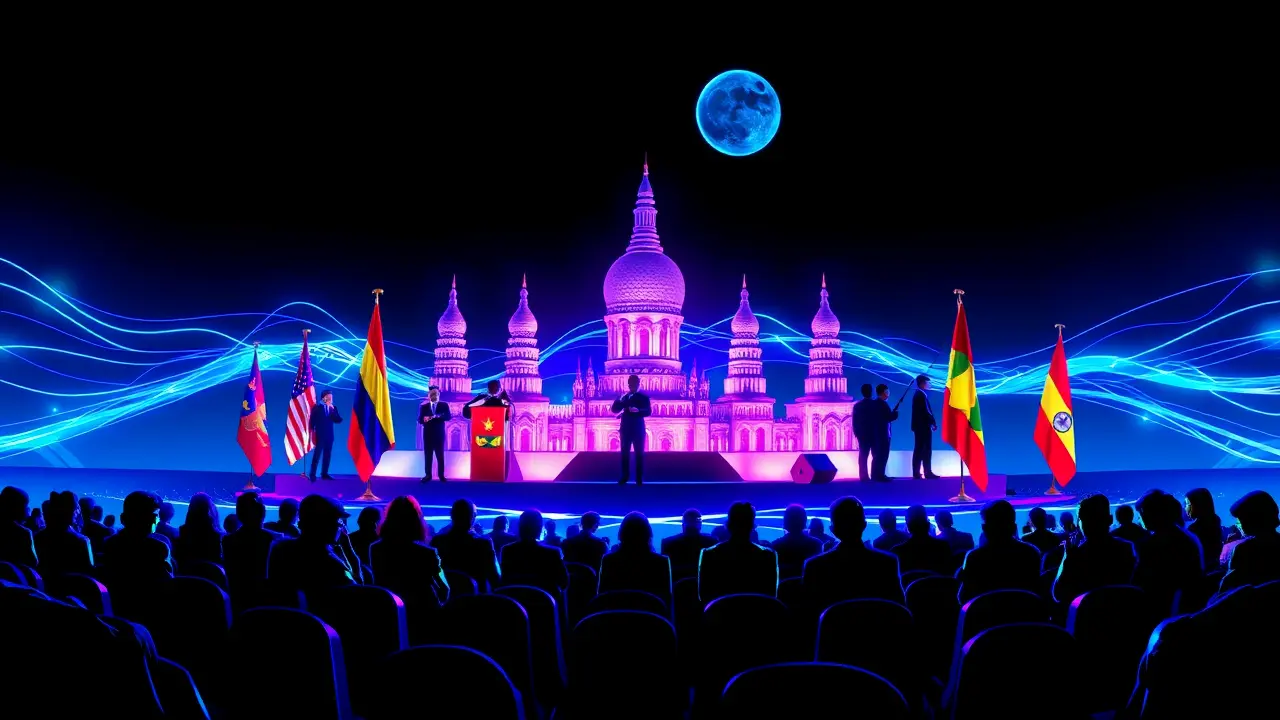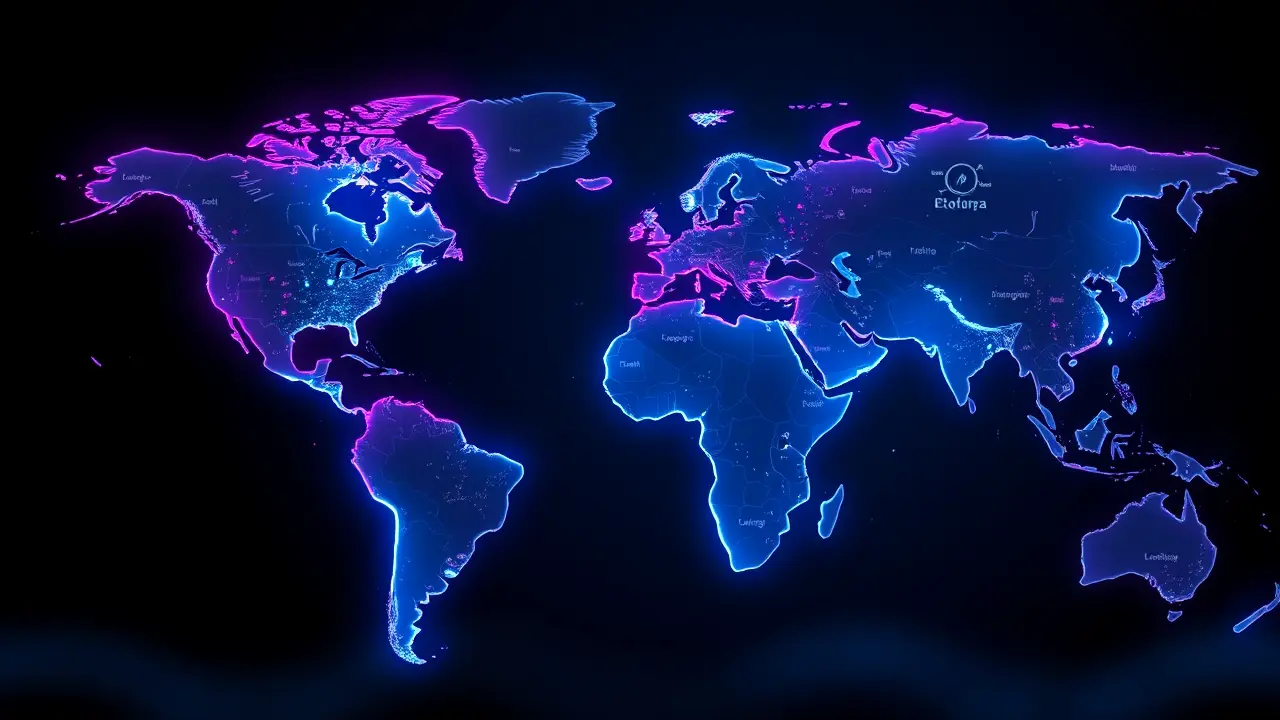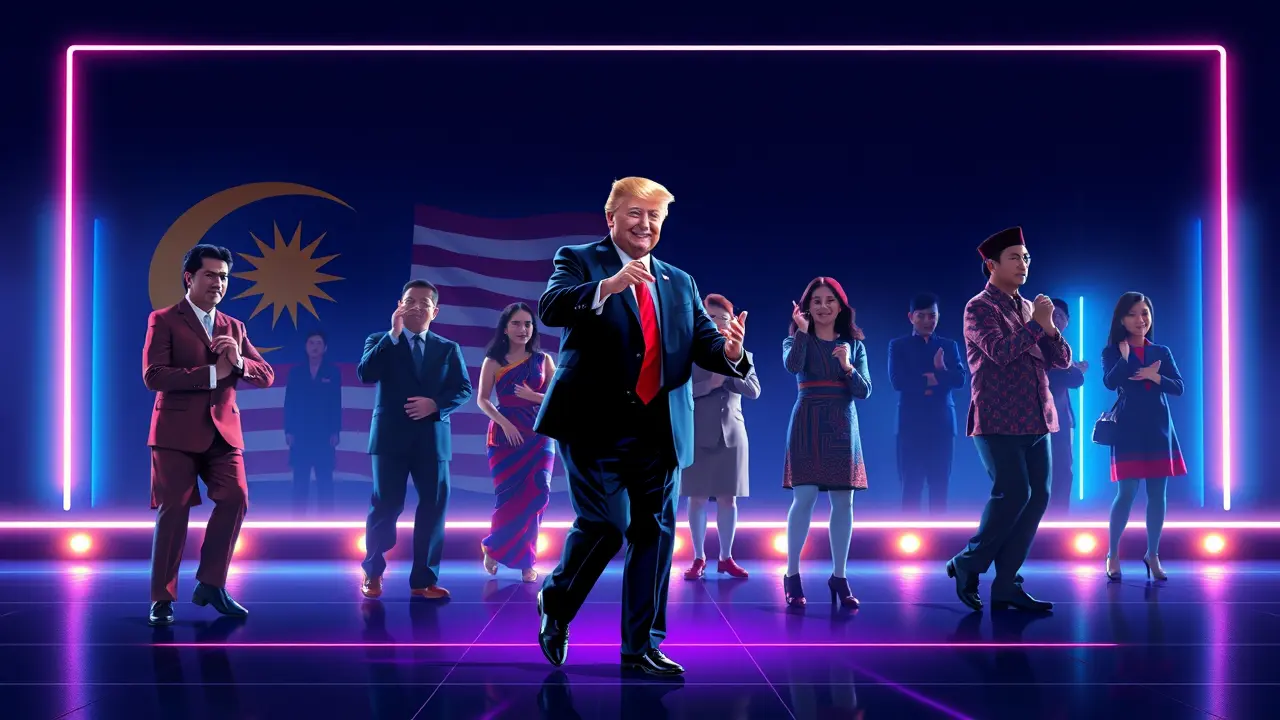
PoliticsdiplomacyBilateral Relations
Hong Kong leader highlights city's global role to Chinese Premier.
RO
Robert Hayes
11 hours ago7 min read4 comments
In a display of strategic positioning that recalls the historic handover-era diplomacy of the late 1990s, Hong Kong’s Chief Executive John Lee Ka-chiu meticulously articulated the city’s enduring global competitiveness and its indispensable 'superconnector' role to Chinese Premier Li Qiang during the inauguration of the eighth China International Import Expo in Shanghai. This high-level engagement, set against the backdrop of the world's largest import trade show, was far more than a ceremonial walkthrough; it was a carefully choreographed statecraft performance designed to reaffirm Hong Kong's unique value proposition to the mainland amidst increasing geopolitical headwinds and internal socio-political recalibrations.The Hong Kong exhibition area, thematically branded “A brilliant new chapter of connectivity between the mainland and the world,” served as a physical manifesto of this ambition, a tangible assertion that the former British colony remains the paramount gateway for foreign capital and expertise seeking entry into China's vast consumer markets, while simultaneously acting as the primary conduit for mainland enterprises navigating the complex currents of global finance and trade. This narrative, however, exists within a broader and more contentious historical context, one where Hong Kong's 'superconnector' status is perpetually negotiated and contested.One can draw a parallel to the era of Patten and the final years of British administration, where economic promise was similarly shadowed by political uncertainty, though the present dynamics are fundamentally reshaped by the overarching framework of the 'One Country, Two Systems' principle and the subsequent implementation of the National Security Law. Premier Li’s presence and engagement signal Beijing's continued, albeit conditional, endorsement of this role, a relationship that analysts often compare to the delicate federal-balancing acts witnessed in other global city-states or semi-autonomous regions, though with a distinctly Sinocentric character.The CIIE itself is a potent symbol of China's dual strategy: projecting an image of a nation wide open for business and committed to globalization, even as it fortifies its economic sovereignty and reduces dependencies in critical sectors. Within this grand strategy, Hong Kong is tasked with a delicate balancing act—it must demonstrate unwavering political loyalty and alignment with national security imperatives while simultaneously maintaining the international credibility, legal robustness, and free-flowing capital markets that made it a global financial hub in the first place.Expert commentary from seasoned China-watchers suggests that the success of this model is not preordained; it hinges on Beijing's tolerance for Hong Kong's distinctive international character and the city's ability to innovate beyond its traditional strengths in finance and trade into emerging fields like green technology and intellectual property arbitration. The consequences of this symbiotic yet asymmetric relationship are profound, not just for the 7.5 million residents of Hong Kong but for the global economic order. A Hong Kong that successfully navigates these competing pressures reinforces a multipolar world where Chinese capital and influence are seamlessly integrated into global networks.Conversely, a failure to maintain this equilibrium could see its role gradually eroded by the rise of rival financial centers within the Greater Bay Area, such as Shenzhen, or by the slow, steady opening of mainland China's own capital markets. The meeting between Lee and Li, therefore, was a microcosm of a much larger story—a story about the future of global connectivity, the resilience of international finance under geopolitical strain, and the ongoing redefinition of a global city's purpose in the 21st century.
#featured
#Hong Kong
#John Lee
#Li Qiang
#CIIE
#Shanghai
#superconnector
#trade expo
Stay Informed. Act Smarter.
Get weekly highlights, major headlines, and expert insights — then put your knowledge to work in our live prediction markets.
Related News
© 2025 Outpoll Service LTD. All rights reserved.













